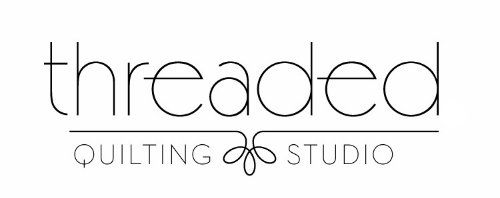This pattern is just too perfect for beginning foundation paper piecers to pass up! I HAD to record a video tutorial for it, too. ;) I'm kind of on a roll having uploaded the series for the Fierce Feathered Star less than a week ago. AND I have an unreleased pattern and video tutorial just waiting in the wings for you all, too! But that'll have to remain a tease for now.
Back to the Mini Modern Heart. I love this pattern for using up scraps. These templates allow for small scraps to be used, too.
I can't help loving scrap quilts! There's an economic element at play for me, it's like a bonus quilt because you didn't "buy new" [fabrics] for it. And it's always fun to revisit some really great prints that you've used for quilts from your past. It's a trip down memory lane!
But you don't HAVE to use scraps, charm squares (5" squares) would be perfect for this pattern if you're into buying and/or collecting pre-cuts.
The video that I recorded is just under 30 minutes and will cover everything to need to know for successful foundation paper piecing, even if it's your first time!









































